We are team of technical nerds, Hire Us for your next project
Semantic Segmentation Services
- Home
- Semantic Segmentation Services
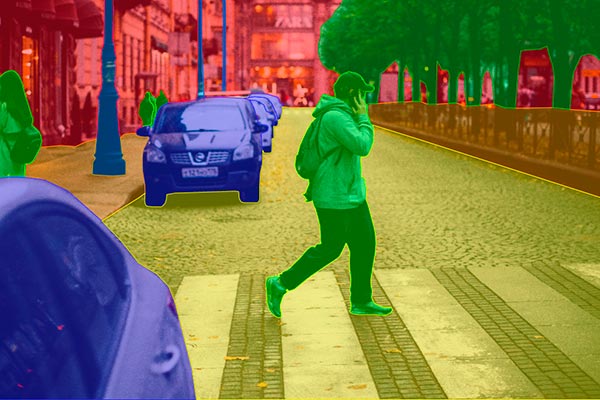
//Image annotation
SEMANTIC SEGMENTATION
Semantic segmentation is a computer vision task that involves partitioning an image into multiple segments or regions and associating each segment with a semantic label that corresponds to a specific object category or class. Unlike object detection, which provides bounding boxes around objects, semantic segmentation assigns a class label to every pixel in the image, thus providing a pixel-level understanding of the image content.
//SEMANTIC SEGMENTATION
APPLICATIONS OF SEMANTIC SEGMENTATION
Pixel-Level Labeling
In semantic segmentation, each pixel in the input image is labeled with a corresponding class label, indicating the category or class to which it belongs. This enables fine-grained understanding and analysis of image content by providing detailed information about the spatial distribution and context of objects within the image.
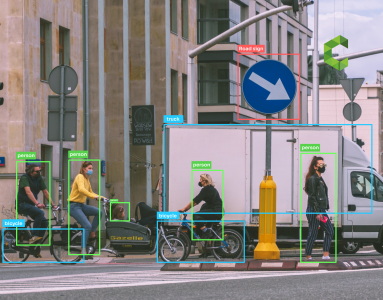
Object Localization
Semantic segmentation enables precise object localization by delineating object boundaries at the pixel level. Instead of providing bounding boxes around objects, semantic segmentation accurately identifies and segments individual objects within the image, allowing for more precise object localization and boundary delineation.
Scene Understanding
Semantic segmentation provides a comprehensive understanding of the scene by segmenting the image into meaningful regions corresponding to different object categories or classes. This enables computers to comprehend the visual context of the scene and recognize objects, structures, and spatial relationships within the image.
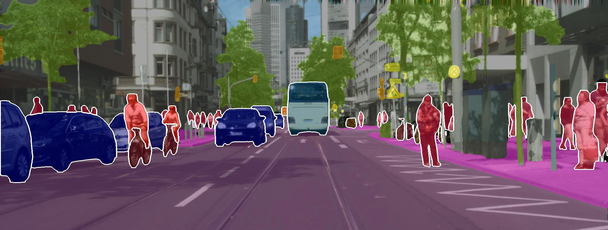
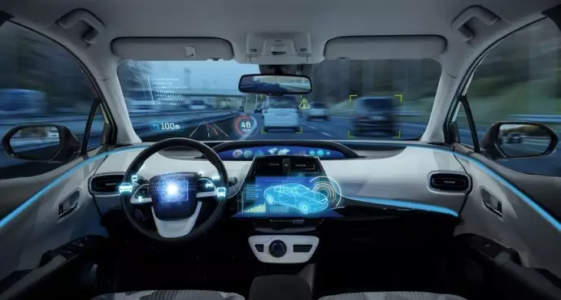
Applications in Autonomous Driving
Semantic segmentation is widely used in autonomous driving systems for tasks such as road and lane detection, vehicle detection, pedestrian detection, and obstacle detection. By segmenting the scene into semantic regions, autonomous vehicles can understand and interpret the surrounding environment, enabling safe navigation and decision-making on the road.
//Industries
USE CASES FOR SEMANTIC SEGMENTATION
RETAIL
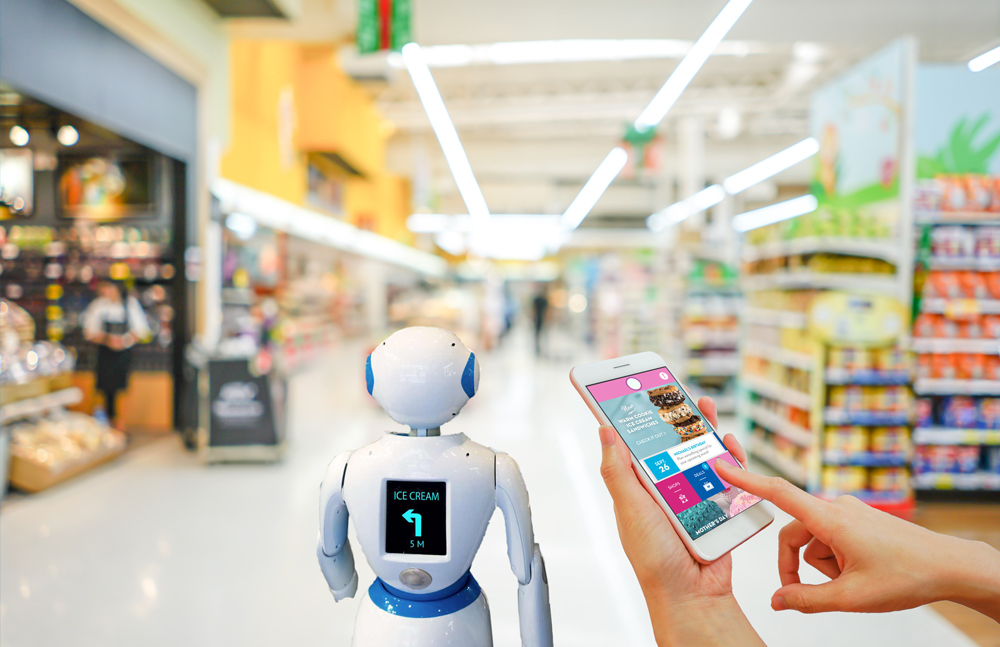 Assisting the retail and e-commerce sectors by providing training data to optimize their in-store operations through the implementation of artificial intelligence (AI).
Assisting the retail and e-commerce sectors by providing training data to optimize their in-store operations through the implementation of artificial intelligence (AI).ROBOTICS
 3D object detection finds extensive application in robotics, particularly to prevent collisions with dynamic entities such as humans, animals, and other objects.
3D object detection finds extensive application in robotics, particularly to prevent collisions with dynamic entities such as humans, animals, and other objects.AGRICULTURE
 Supporting agriculture through computer vision training data involves facilitating the identification of product defects, sorting produce, managing livestock, assessing soil quality, implementing fertilizer applications, and fine-tuning genetic conditions.
Supporting agriculture through computer vision training data involves facilitating the identification of product defects, sorting produce, managing livestock, assessing soil quality, implementing fertilizer applications, and fine-tuning genetic conditions.INSURANCE
 Preparing training data to integrate AI into insurance procedures for tasks such as risk assessment, fraud detection, underwriting and minimizing human error.
Preparing training data to integrate AI into insurance procedures for tasks such as risk assessment, fraud detection, underwriting and minimizing human error.HEALTHCARE
 Incorporating annotations and accurate labeling within AI systems is crucial for uncovering connections within genetic codesand enhancing efficiency in healthcare processes.
Incorporating annotations and accurate labeling within AI systems is crucial for uncovering connections within genetic codesand enhancing efficiency in healthcare processes.SECURITY & SURVEILLANCE
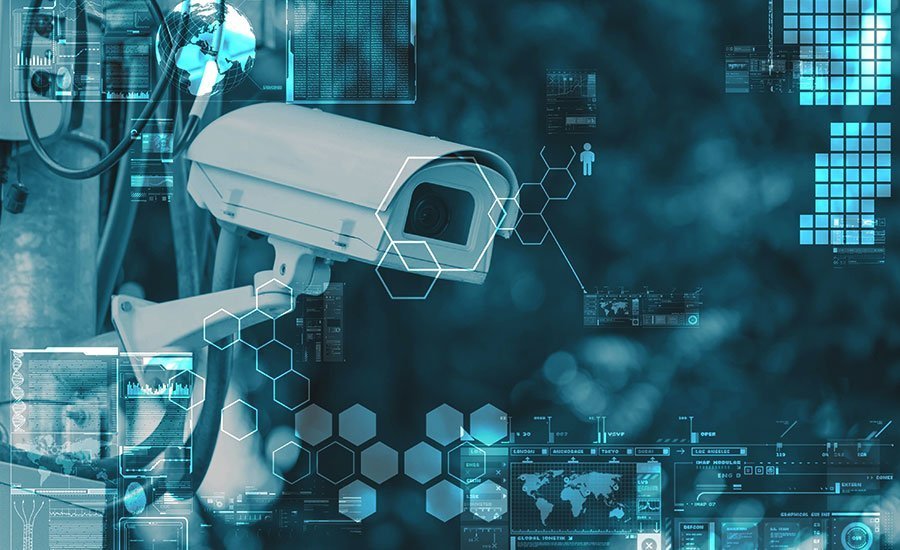 Facilitating the integration of AI into cameras and sensors enables the detection of potential risks at workplaces, airports, and industrial sites. This involves incorporating computer vision technology into security and surveillance systems.
Facilitating the integration of AI into cameras and sensors enables the detection of potential risks at workplaces, airports, and industrial sites. This involves incorporating computer vision technology into security and surveillance systems.SELF-DRIVING
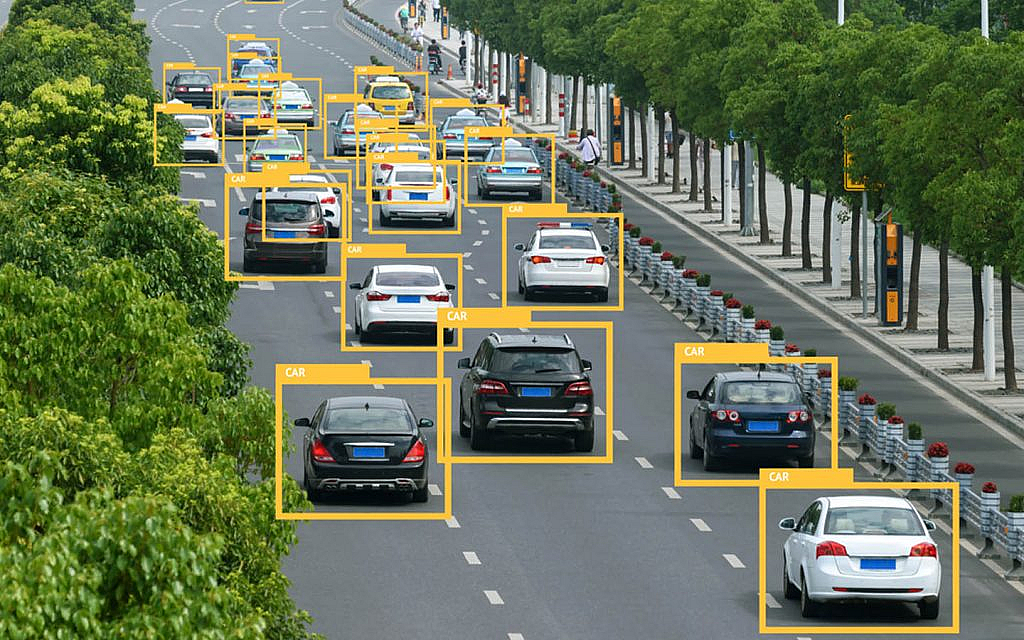 Bounding boxes serve to annotate the surroundings of a vehicle, aiding in the detection of various objects including pedestrians, vehicles, traffic signs, and barriers.
Bounding boxes serve to annotate the surroundings of a vehicle, aiding in the detection of various objects including pedestrians, vehicles, traffic signs, and barriers.LOGISTICS
 Logistics represents one of the growing areas of artificial intelligence application. We specialize in annotating images of goods to generate high-quality training data utilized in logistics.
Logistics represents one of the growing areas of artificial intelligence application. We specialize in annotating images of goods to generate high-quality training data utilized in logistics.AUTONOMOUS FLYING
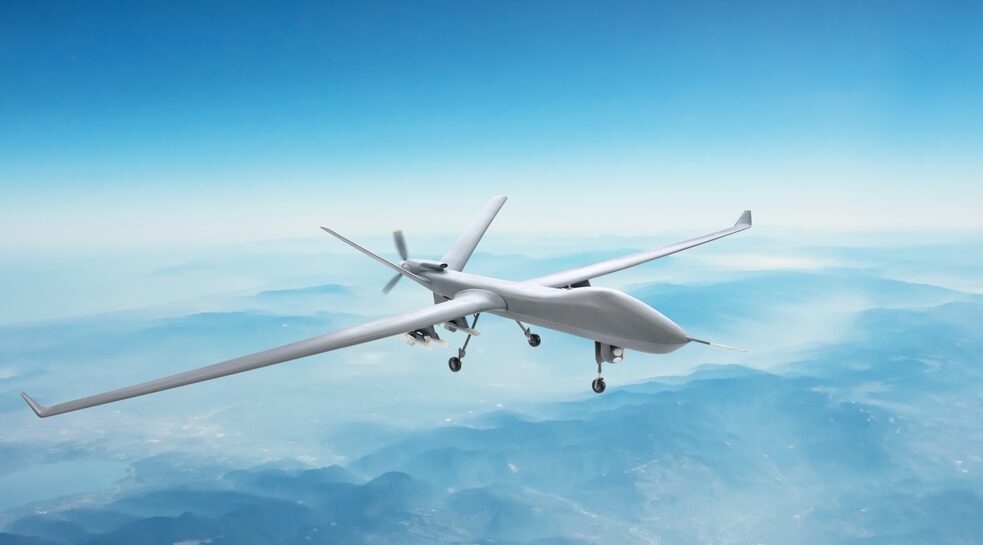 Simplifying and broadening access to AI implementations for automated or assisted flight can be achieved by leveraging image annotation conducted at the backend using training data specifically tailored for autonomous flying.
Simplifying and broadening access to AI implementations for automated or assisted flight can be achieved by leveraging image annotation conducted at the backend using training data specifically tailored for autonomous flying.// Drop us a line! We are here to answer your queries







